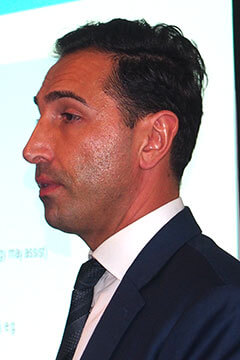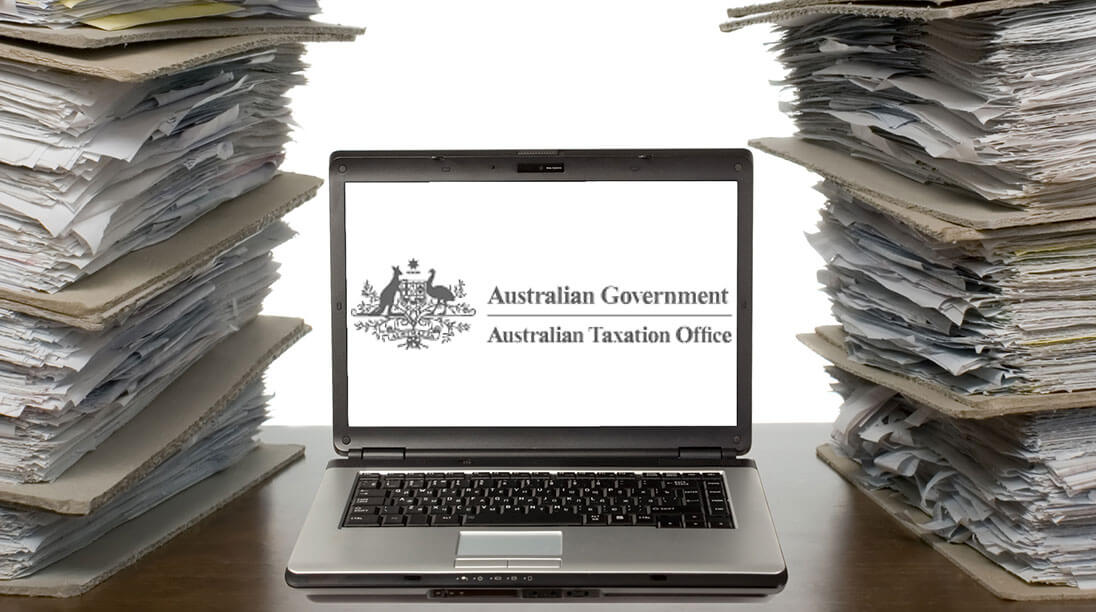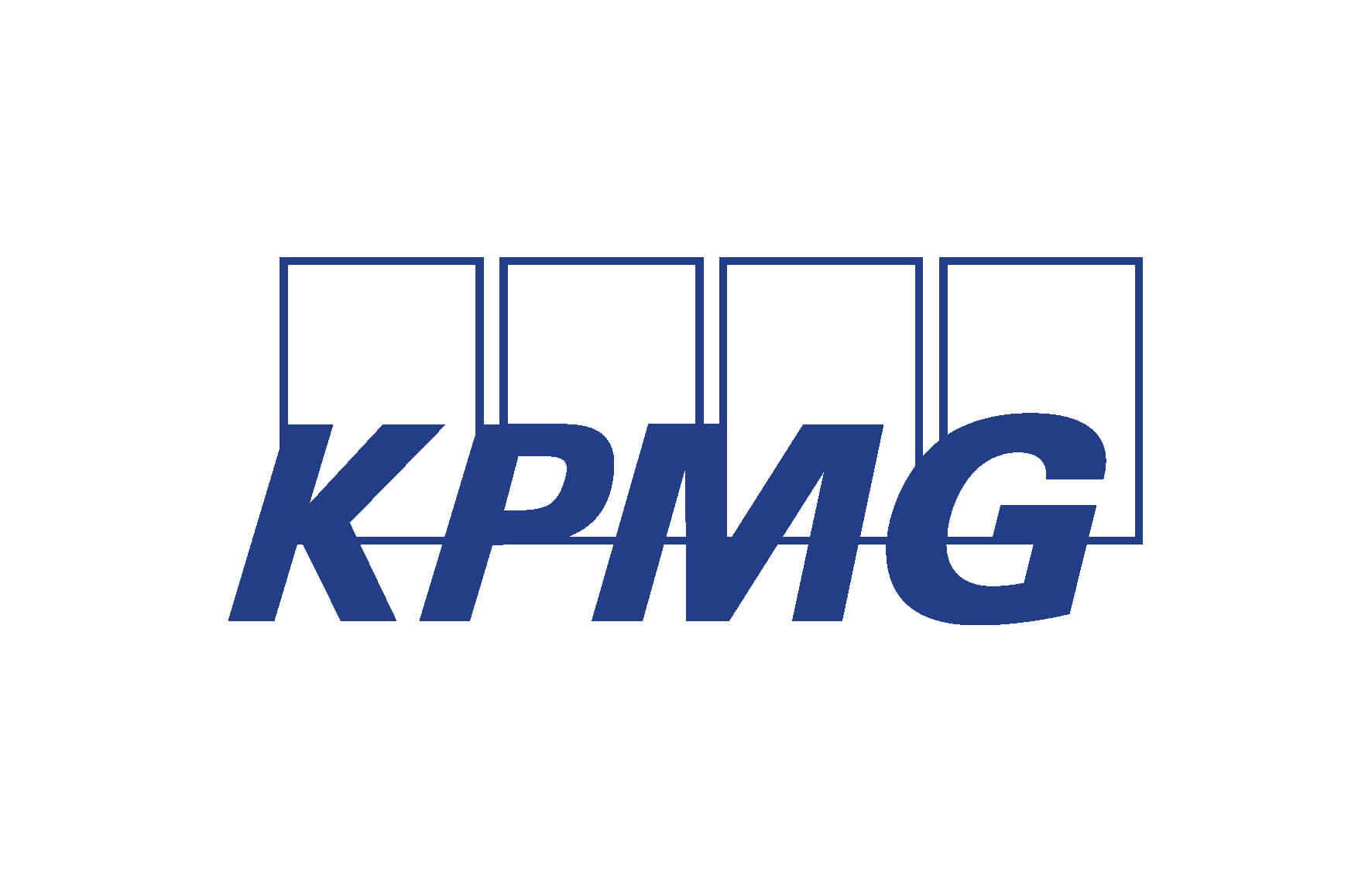
David Sofra, national employment tax partner, KPMG
THE advent of electronic logbooks for fleet vehicles has made it much easier for fleet managers to switch away from the now-unsatisfactory statutory formula method for calculating fringe benefit tax (FBT) liabilities, according to a fleet tax expert.
If used year-round, these electronic logbooks can also dramatically reduce the FBT liability associated with on-premises parking by accurately tracking the vehicle’s location, said David Sofra, the national employment tax partner with KPMG.
Mr Sofra said the tightening of the statutory formula method under the Gillard government had forced fleet managers to switch to the previously ignored logbook method for calculating FBT.
Speaking at a professional development forum presented by the Australasian Fleet Managers Association, Mr Sofra said the government had changed the statutory formula method because it had been encouraging drivers to drive further than they might otherwise in order to qualify for the top concessional tax rate under FBT.
This worked to defeat the purposes of carbon and environmental legislation.
“It provided incentives for drivers of vehicles to increase their kilometres so their vehicles were assessed at much lower tax rates,” Mr Sofra said.
“It was seven per cent if you drove more than 40,000kms and then it staggered off. That’s all been scrapped.
“Now a car can cover one kilometre or a car can drive 200,000kms during the year, and you are still going to be assessed now at a 20 per cent statutory fraction.”
He said that, while large proportions of fleets had been assessed at seven per cent, after the changes they were all defaulting to the 20 per cent rate. He said the change had cost one national grocer around $13 million in extra FBT payments.
Many of KPMG’s clients had now switched to the logbook method of calculating FBT liability. The system was previously ignored because it put the onus on the driver who had no real incentive to maintain the logbook as the company was paying the tax.
“It also requires fleet managers to capture all the operating costs for the vehicle for an FBT year, which runs from 1 April to 31 March,” Mr Sofra said.
“But it (the electronic logbook) completely reduces your tax costs.
“And no longer does the driver have to keep a paper logbook. We’ve moved into the electronic age and there are a lot of plug and play options,” he told the forum.

Mr Sofra said the logbook system breaks even with the statutory formula method if a vehicle is used 55 per cent for business purposes.
“But if the employee is required to use the car, say, 75 per cent for business, using the logbook method generates quite a significant reduction in FBT on costs,” he said.
The trick has been to overcome the resistance to the logbook method put up by drivers and even their trade unions, Mr Sofra said.
“We have seen employees that do the logbook receive an iPad. Sometimes there is a directive from the CEO, ‘do it or else’.
“But unions don’t like it. However, once they realise that there’s ongoing savings and those savings could potentially be reinvested in employee salaries, then it’s pretty obvious what to do.”
Mr Sofra said the arrival of electronic apps that measure vehicle functions had made the implementation of the electronic logbook much easier.
“These electronic logbooks have become popular in the last two years,” he said.
“They plug into the car and can’t be removed. It is linked to the driver’s smart phone or the depot. Once the trip is complete, the driver gets a notification to say whether the trip was business or private. They need to maintain that for 12 weeks.”
Mr Sofra said the Australian Tax Office (ATO) really likes the electronic logbooks because they use global positioning satellites and this gives the data really good substantiation.
The electronic logbook systems are not just about tax records, he said, as the systems can capture much more information.
“It can become a total fleet management tool. It gives vehicle location, odometer readings and fleet analytics, which may allow you to turn vehicles over according to how they are driven, which are driven hardest,” he said.
“For other tax, where you may have on-road and off-road vehicles, where the fuel tax credits are applicable, it gives you that data as well.”
But he said drivers and unions don’t like other aspects, such as data that measures driver behaviour.
“That can tell you how hard the drivers are braking and accelerating and whether they are speeding,” he said.
“All of these can be turned off. If you just want a tax play, you can just keep that running.”
Mr Sofra said the electronic systems can also help reduce the FBT bill when the fleet vehicle is stationary because it can take the guesswork out of estimating how many days the vehicle was parked at the business premises and, therefore, liable for FBT.
“Where you provide car spaces for employees on business premises there’s a tax cost. It’s kind of ridiculous. Employees come to work, to work,” he said.
“It’s hard to argue why being provided with a parking space is a benefit, or a privilege, but unfortunately it is.
“A car parking benefit arises when your business premises is located within a kilometre of a commercial business that offers a parking service to the public, like a Wilsons.
“A car parking benefit will only arise if an employee comes to work and remains parked for four continuous hours.
“This electronic logbook … also tells you the movements of the employees.”
Where no parking data is maintained, the ATO assumes the vehicle is parked at the premises for 228 working days a year.
Mr Sofra said the FBT on parking can be reduced by finding a cheaper parking rate and by monitoring the use of parking bays at the business premises.
He said that, if the company accepts it has an FBT liability for parking, it can look for a nearby parking charge that is lower than the ATO’s notional rate of $8.40 a day.
He said there were companies that had been established solely to provide data on parking charges to fleet managers.
“There are also external parties and all they do, day in and day out, is find out what the cheapest car parking is across the city every single day,” Sofra said.
“One thing finance and tax people are now doing is engaging with these third parties to apply the cheapest rate.
“But the real value for fleet managers, I think, is having a look at what qualifies as a day for when an employee has their car park. There is a common misconception that just because Joe Bloggs is given a car space or given the privilege to park on the business premises, that he uses it all the time.
“It only gives rise to a benefit (for Joe Bloggs) if it is parked for four continuous hours between 7am and 7pm. The savings are significant. The savings for one of the banks was in the tens of millions. And you can go back for five years if you have the information.”
By Neil Dowling













 Read More: Related articles
Read More: Related articles

